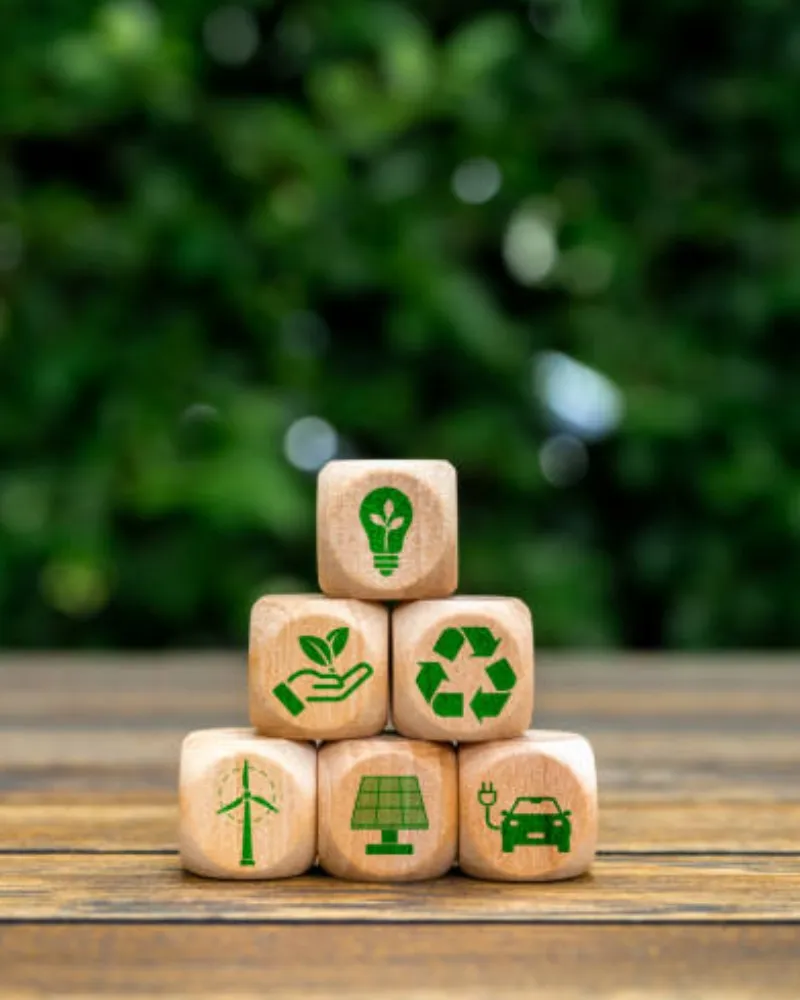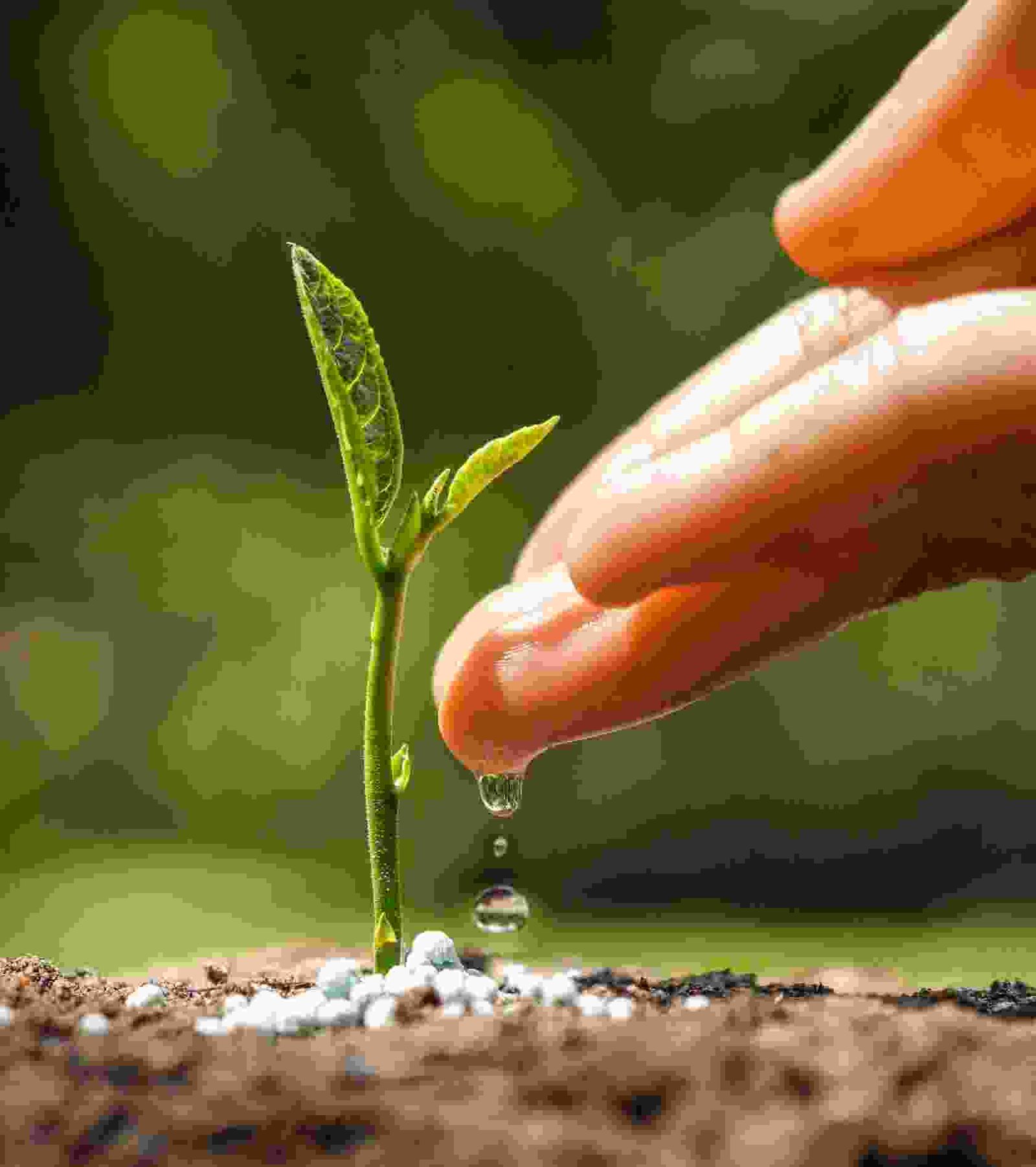- Address
JMD Empire Square, Gurgaon, Sector 28, DLF Phase 1, Sarhol, Haryana, India
JMD Empire Square, Gurgaon, Sector 28, DLF Phase 1, Sarhol, Haryana, India
Eco-conscious brands are often caught between wanting to go green and the lack of reliable alternatives. Traditional materials like polystyrene or bubble wrap not only harm the planet but also reflect poorly on a brand’s values. What brands really need is packaging that does both—protects products and the planet. It’s time we demand better solutions that align with sustainability without compromising quality.
Most of the plastic we use ends up in landfills, oceans, and even our food chain. It takes centuries to break down and, in the process, releases toxic chemicals that harm wildlife and human health. And let’s not forget—over 90% of plastics come from fossil fuels, a resource we’re rapidly depleting. Every plastic product made today is a long-term burden on tomorrow.
By 2050, plastic could be responsible for 2.8 gigatons of CO₂ emissions every year—that’s more than double what the aviation industry produces. From drilling for fossil fuels to burning plastic waste, every step in the plastic lifecycle adds to our carbon footprint. If we care about the planet, we can’t ignore what our packaging choices are costing us.
EPS, or expanded polystyrene (a.k.a. Styrofoam), is everywhere used for packaging, shipping, and takeout containers. It’s cheap and convenient but unfortunately, it’s not good for the environment.
You know what’s the biggest issue in EPS that it doesn’t decompose. Instead, it breaks into tiny pieces that linger in our oceans which harms marine life. Although it’s technically recyclable only when it is perfectly clean (which is rare), and moreover it’s costly to recycle—so most of it ends up in landfills.
🌿 Releases toxins into the air, land, and water.
🌿 Turns into air pollutants that harm the ozone.
🌿 Sticks around for centuries, polluting oceans and landfills.
🌿 Puts wildlife at risk—they choke or get poisoned after eating it.
🌿 Releases toxins into the air, land, and water.
🌿 Turns into air pollutants that harm the ozone.
🌿 Sticks around for centuries, polluting oceans and landfills.
🌿 Puts wildlife at risk—they choke or get poisoned after eating it.
Traditional foam packaging might be recyclable, but it cannot be considered eco-friendly. Since its 98% air, storing and transporting it is expensive, making recycling very costly and impractical. Because of this, most businesses find it cheaper to buy new foam rather than recycle the old. Which results in more waste, more pollution, and less sustainability.



At UnBubble, we don’t see eco-friendly packaging as just a trend because we know it’s a necessity. As our world grows, so does the waste we create. That’s why we’re on a mission to develop sustainable packaging solutions that cut down waste and help protect the environment.
A greener future starts with small choices, like switching to eco-friendly packaging. With UnBubble, you get sustainability without compromising on quality or convenience. Join us in making a real difference—one package at a time!
Eco-friendly is all about reducing waste, conserving resources, and making choices that protect the planet. It’s not just about products—it’s a way of living that helps minimize environmental harm.
At UnBubble, we’re committed to sustainability without compromise. That means:
🌿 Using renewable resources to create Vriksh Foam
🌿 Recycling waste in our factories and production process
🌿 Lowering carbon emissions for a cleaner, greener future
For us, it’s all about balancing progress with planet-friendly practices—because a better future starts with better choices.
